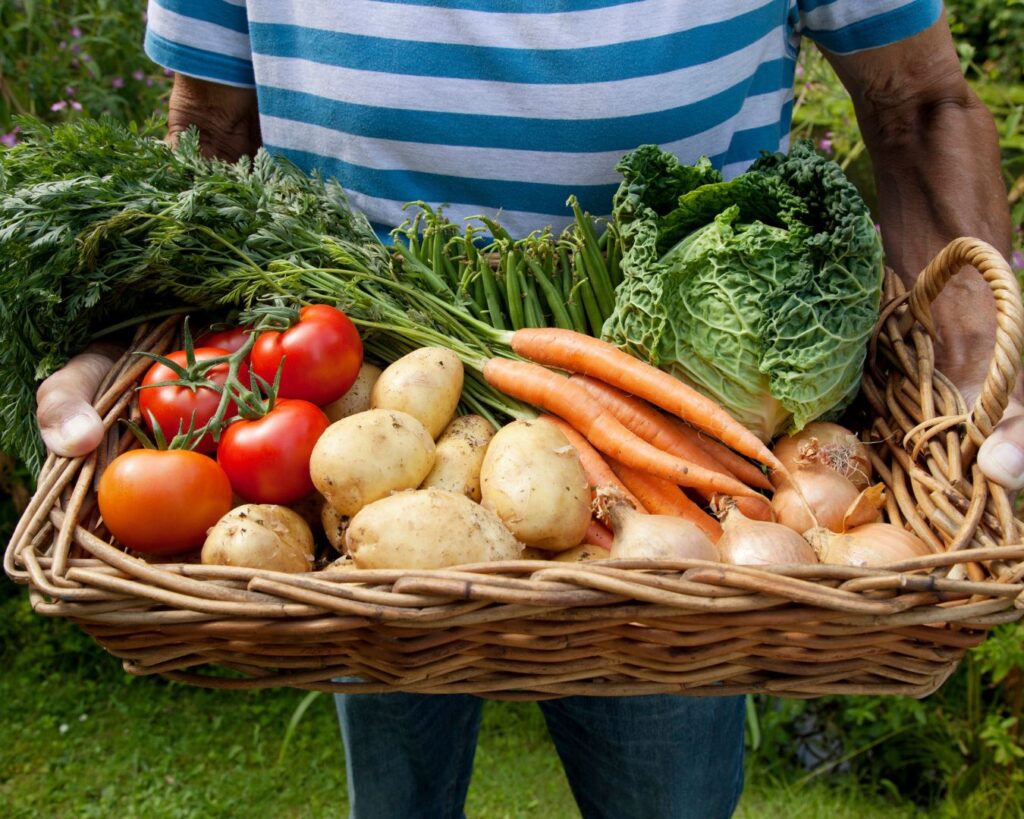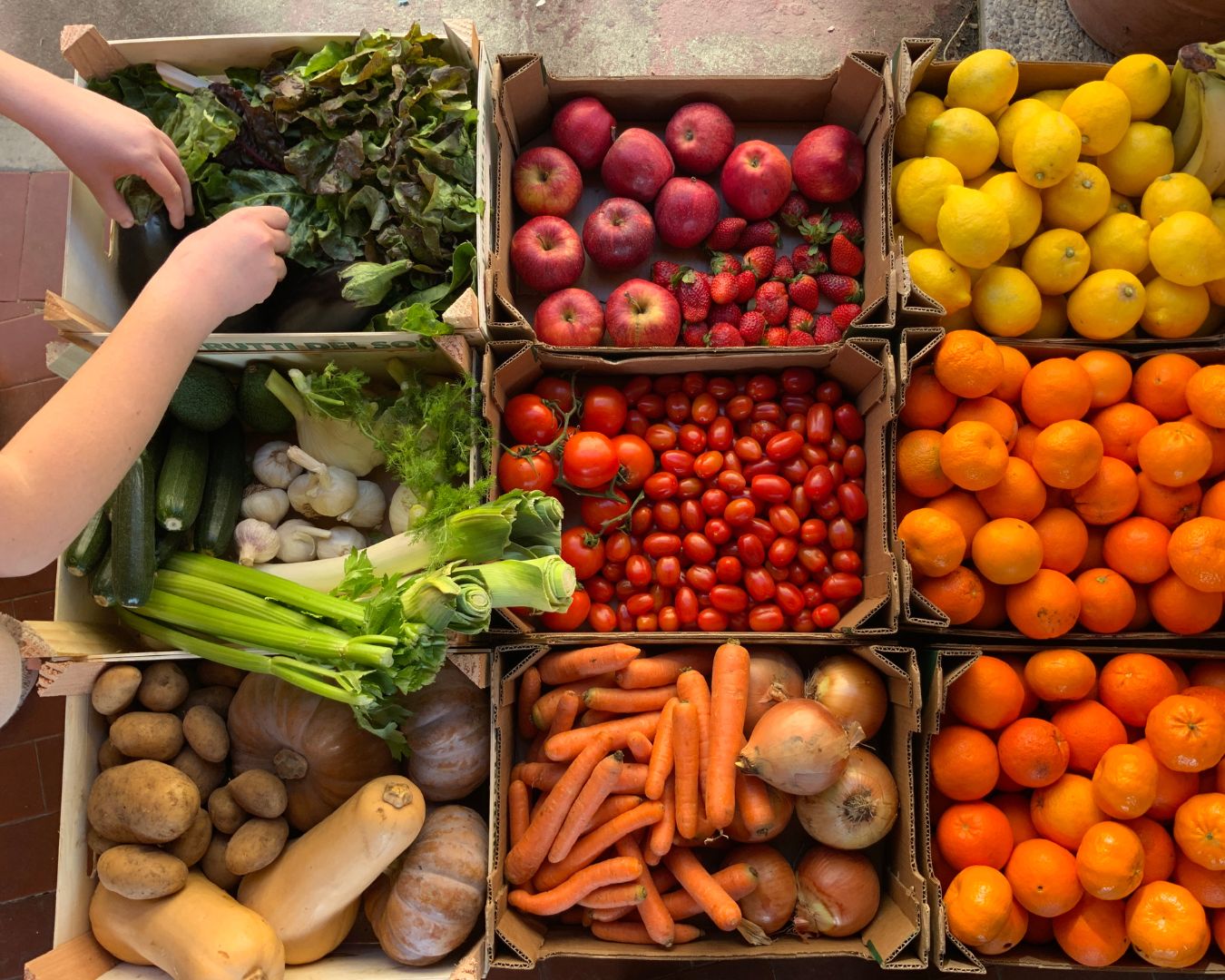How to Incorporate More Fresh Fruits and Vegetables into Your Diet
Eating fresh fruits and vegetables is key to a healthy diet, providing essential vitamins, minerals, and fiber. However, with busy schedules and convenience foods often taking center stage, it can be challenging to consistently include these nutritious options. Here are some practical strategies to help you incorporate more fresh produce into your diet effortlessly.
Start with a Plan
- Meal Planning: Include fruits and vegetables in your weekly meal plan. Decide which ones you want to use and plan meals around them. This will help you avoid last-minute decisions and ensure that fresh produce is always part of your meals.
- Shopping List: Create a shopping list that prioritizes fruits and vegetables. Stick to your list to avoid impulse buys that might lead you away from healthier choices.
Make It Easy
- Pre-Cut Veggies: Buy pre-cut vegetables or spend some time each week chopping and preparing veggies yourself. Store them in the fridge for easy snacking and quick meal additions.
- Fruit Prep: Wash and cut fruits right after bringing them home. Store them in clear containers or bags for easy access. This makes grabbing a healthy snack a breeze.

Add to Every Meal
- Breakfast Boost: Start your day with fruit. Add berries, bananas, or apples to your cereal, yogurt, or smoothie. You can also mix vegetables like spinach or bell peppers into your eggs or breakfast wraps.
- Snack Time: Keep fresh fruits and vegetables readily available for snacks. Apple slices, carrot sticks, or grape tomatoes make quick, nutritious snacks that can satisfy your hunger between meals.
Incorporate in Cooking
- Soups and Stews: Add extra vegetables to soups, stews, and casseroles. They blend well and boost the nutritional content of these dishes without overpowering the flavors.
- Sauces and Salsas: Mix diced vegetables into pasta sauces, salsas, or dips. For instance, add chopped spinach to marinara sauce or mix bell peppers into guacamole.
Try New Recipes
- Explore New Flavors: Experiment with recipes that feature fresh produce as the main ingredient. Try new vegetable-based dishes like stuffed bell peppers, vegetable stir-fries, or fresh fruit salads.
- Seasonal Cooking: Focus on seasonal fruits and vegetables for variety and optimal freshness. Seasonal produce is often more flavorful and affordable.

Grow Your Own
- Home Gardening: If you have space, consider growing your own fruits and vegetables. Even small indoor herb gardens or balcony planters can yield fresh produce that’s convenient and rewarding.
- Community Gardens: Join a community garden to get access to fresh, local produce. It’s a great way to meet people and enjoy freshly grown fruits and vegetables.
Make it a Family Activity
- Cooking Together: Involve your family in meal preparation. Kids are more likely to eat vegetables if they help pick them out or prepare them. Let them choose a new fruit or vegetable to try each week.
- Shopping Trips: Turn grocery shopping into a fun outing. Let your family pick out different fruits and vegetables to try, which can make eating them more exciting.
Use Convenience Wisely
- Frozen Options: Keep frozen fruits and vegetables on hand for convenience. They are often as nutritious as fresh and can be a quick addition to meals.
- Pre-Packaged Produce: Look for pre-washed and pre-cut options in the produce section to save time. These are great for quick meals and snacks.
Incorporating more fresh fruits and vegetables into your diet doesn’t have to be difficult. With some planning, creativity, and the right strategies, you can easily boost your intake of these nutritious foods. By making small changes and being proactive, you can enjoy a variety of fresh produce that enhances both your health and your meals. Start today and see how adding more fruits and veggies can transform your diet and overall well-being!

